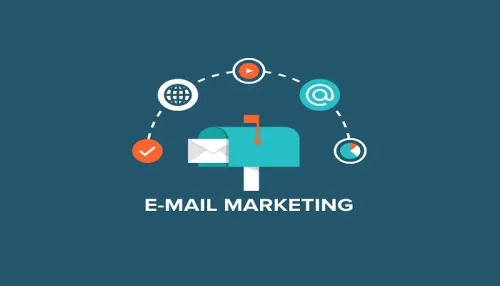In the tapestry of digital marketing, email stands out as a tried and true thread, intricately woven with the potential to bind consumers to brands in a click. Yet, as the online landscape burgeons with ever-more sophisticated consumers, email marketing must evolve beyond mere broadcasts. It demands a merger of art and science to craft strategies that don't just reach inboxes, but also resonate with recipients, compelling them to click and convert. Let’s explore the elements of crafting an email marketing strategy that harmonizes the aesthetic of language with the precision of analytics to captivate and convert your audience.
The Art of Persuasion in Email Copy
The artistry in email marketing lies in the narrative woven through words, images, and the overall design of the email. It's about understanding the subtle nuances of human psychology and using that knowledge to create emails that appeal to the reader's emotions, desires, and needs.
1. Storytelling That Captivates
Every email should tell a story. Whether it's the journey of a product from conception to completion or a customer's experience that led to a life-changing revelation, stories hook readers. By incorporating storytelling into your emails, you turn a simple message into an engaging experience that can drive the reader towards a call-to-action (CTA).
2. Design That Delights
An email's design is the first thing that a recipient notices. It should be visually appealing, reflective of your brand, and optimized for various devices. The use of color, whitespace, and typography can guide a reader through the content, emphasizing key points and leading seamlessly to the CTA.
3. Personalization That Resonates
The modern consumer craves recognition. By personalizing your emails, you speak directly to them. This isn't just about inserting a name in the subject line; it's about tailoring content to reflect the recipients' past interactions, preferences, and behaviors.
The Science of Strategy in Email Execution
While the art is in the creation, the science lies in the execution. Here, data analysis, segmentation, and timing intersect to transform creative concepts into results-driven campaigns.
1. Segmentation for Relevance
Data is the backbone of effective segmentation. By segmenting your email list based on demographics, purchase history, or engagement levels, you create opportunities for hyper-relevant messaging. Segmentation ensures that the right message reaches the right person at the right time, significantly increasing the chances of conversion.
2. Timing for Impact
The science of timing is crucial. It involves understanding when your audience is most likely to open, read, and engage with your emails. This can vary widely among different segments and can be influenced by factors such as time zones, work schedules, and even lifestyle habits.
3. Analytics for Optimization
Continuous improvement is the hallmark of a scientific approach. Utilize analytics to track opens, clicks, bounces, and conversions. Test various elements such as subject lines, email length, and CTA placement to understand what works best for your audience. The data gleaned from these tests informs decisions that refine the strategy over time.
Conclusion: The Symphony of Clicks and Conversions
The confluence of art and science in email marketing creates a powerful strategy that can both captivate the audience and convert them into customers. It requires a balance — the artistry to develop content that engages and the scientific acumen to deliver it effectively. In the symphony of clicks and conversions, the marketer is both a composer and a conductor, creating the melody of persuasive copy and harmonizing it with the rhythm of strategic execution. Embrace this dual role, and your email campaigns will not only sing but also resonate in the metrics that matter most.



